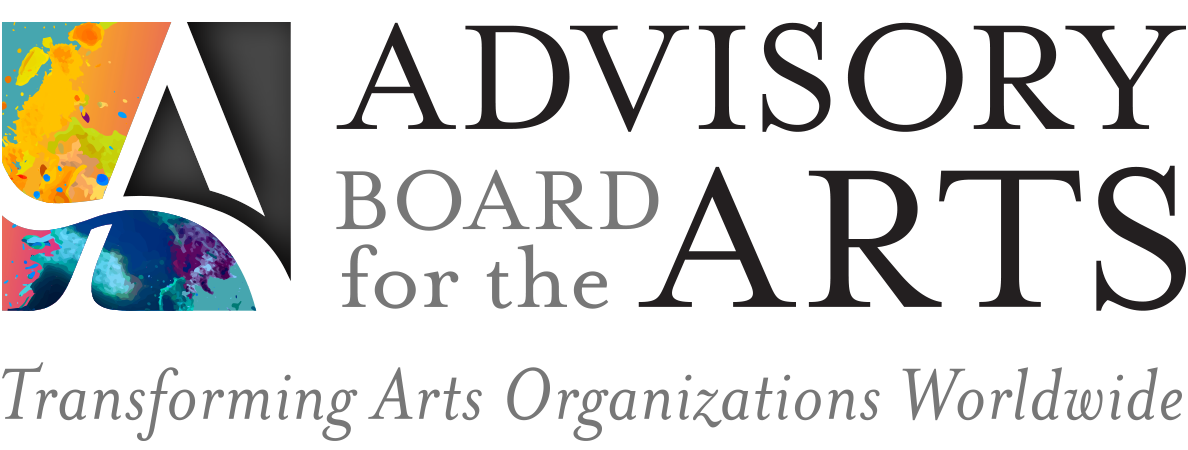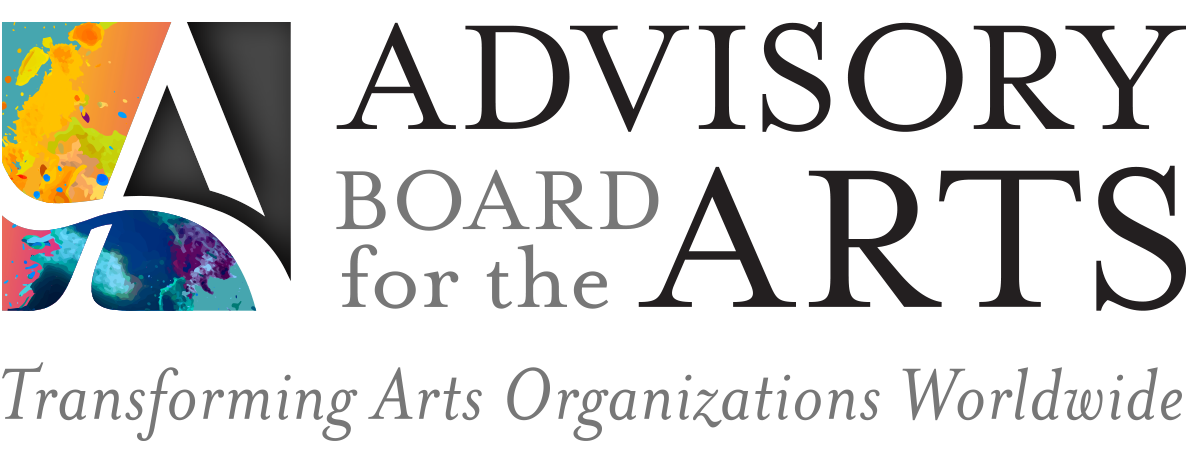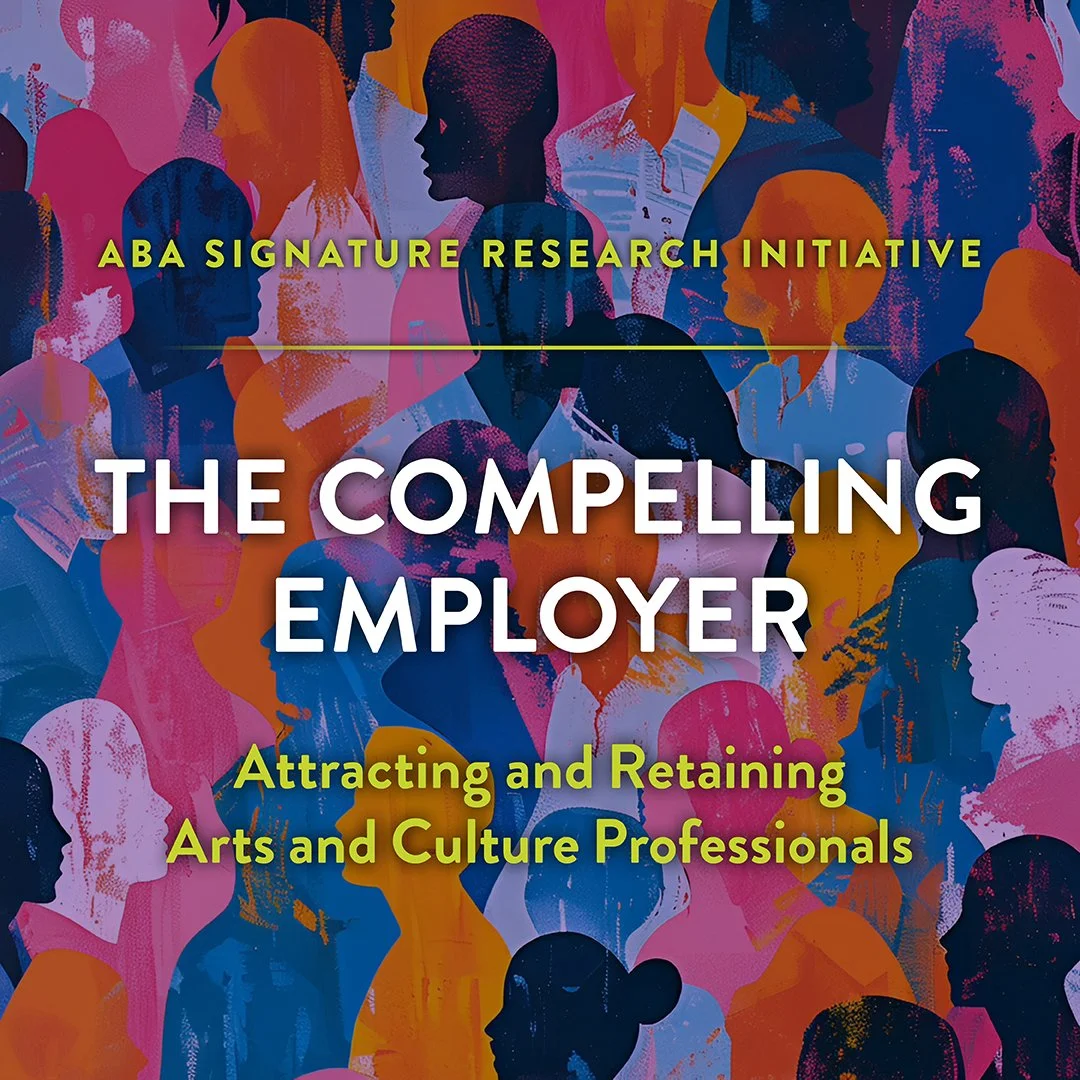With the looming threat of a recession and rising inflation rates around the world, discussion around securing capitalization has increased amongst arts organizations who are keen to stabilize their financial sustainability. Our latest Arts Leader Survey asked arts leaders to benchmark themselves on the current state of their organizational budgets, endowments, and cash reserves so we can better understand the financial state of the union worldwide.
Audience Diversification
Audience diversification remains a crucial strategic goal for arts organizations as they continue to grapple with questions of attendance, relevance, and long-term sustainability. However, there are a number of tactics arts organizations can implement to try to appeal to broader audiences, and a range of different audience segments one could prioritize. Our latest Arts Leader Survey asked arts leaders to benchmark themselves on the current state of audience diversification efforts, the groups they are targeting in the more immediate future, and the types of change they have implemented along with results achieved so far.
Attendance Rates and Ticket Sales
With articles from Artnet (July 2022) and The New York Times (August 2022) revealing a continued decline in attendance relative to pre-pandemic levels at US arts and cultural institutions, we want to learn about the state of attendance and subscriptions worldwide. Our latest Arts Leader Survey asked arts leaders to benchmark themselves on overall attendance rates, single ticket and membership/subscription sales, direct mail campaign, and ongoing COVID-19 protocols that may be impacting returning audiences.
DEI&A in the Workplace
From the pandemic’s disproportionate impact on underrepresented populations to social movements calling for change in organizations across the world, it is critical to understand how arts organizations are engaging in DEI&A policies internally. Our latest Arts Leader Survey asked arts leaders to benchmark themselves on peers on concrete changes made within the workplace.
The Compelling Employment Offer: Understanding What Really Matters to Arts Professionals
At a time when the labor market is heating up, arts organizations must find ways to resonate better with the needs and expectations of employees in order to build employment offers capable of competing in a tight labor market.
The Advisory Board for the Arts used conjoint analysis (also known as trade-off analysis) in order to give arts leaders a much clearer picture of what employees want, and what they are willing to trade off in order to get it.
Fundraising Trends & Major Gifts
After two years of disruptions with the global health crisis and the current impending recession, it is of critical importance to understand the landscape of fundraising efforts. Our latest Arts Leader Survey asked arts leaders to benchmark themselves on expectations for future fundraising trends, giving challenges organizations are preparing for, and patterns in how individual donors are moving up to larger gifts.
Benchmarks on Technology Platforms
In the wake of the recent Ransomware attack on the digital marketing tool WordFly, decisions around technology have never been more important for the secure running of arts and cultural organizations. Our latest Arts Leader Survey asked arts leaders to benchmark themselves on the different platforms they use across different activities, recent changes in vendors, and the features they are most satisfied with when evaluating CRM platforms.
Youth Education Programs (i.e., K-12)
With more mask mandates and COVID restrictions being lifted across the globe despite persistent cases, cultural organizations are reevaluating their K-12 education initiatives as they rebuild from programs adjusted during the pandemic. Our latest Arts Leader Survey asked arts leaders to benchmark themselves on changes to the structure of school programs surrounding education budgeting, strategies around student interactions, and operational policies regarding on-site and off-site visits.
Governance Practices
As many arts organizations look to the end of their season and upcoming fiscal year budgets, questions around the structure of governance boards, its various levels of trustees and members, and fundraising objectives have come to the fore. Our latest Arts Leader Survey asked arts leaders to benchmark themselves on their governing board's term durations and reappointments, written procedures and policies, giving requirements, and existing committee types in place.
Digital Marketing
As many arts organizations wrap up their most recent season and look towards their next fiscal budget, questions and challenges remain over ticket sales and the return of audiences and visitors. Our latest Arts Leader Survey asked arts leaders to benchmark themselves on how the arts world is addressing slower ticket sales, the allocation of marketing dollars, and overall goals for digital marketing.




